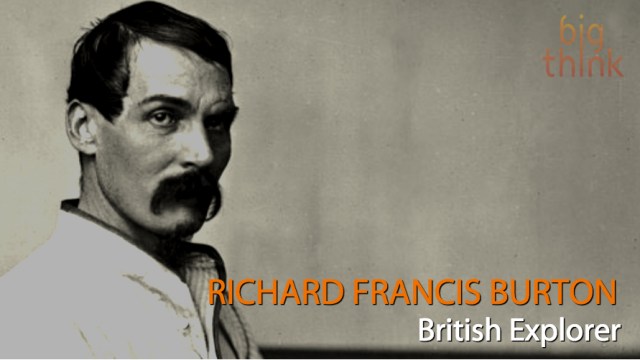Eliminating Extreme Poverty by 2030 Will Require a Herculean Effort

As Linda Yueh writes over at the BBC, the UN is expected later this year to adopt the World Bank’s ambitious goal of eliminating what’s called “extreme poverty” by 2030. Yueh asks a very reasonable question: Is this a feasible goal? Could the lowest extremes of world poverty vanish in as little as 15 years’ time? She cites some optimistic numbers related to the precipitous drop in world poverty rates over the past generation, but notes that much of this progress is centralized in East Asia, where China has made major strides in lowering the floor for its many citizens:
“In 1990, more than one-third (36%) of the world’s population lived in abject poverty. That was halved to 18% in 2010.”
So what would it take to reduce that 18% figure to 3% (there will always be what experts refer to as “frictional poverty”)? Well, first of all, a herculean effort in Sub-Saharan Africa, a region where the number of impoverished people has incongruously risen over the past three decades:
“Even though the percentage of the African population living in extreme poverty is slightly lower than in 1981 — population growth means that the number of people has actually doubled.
They account for more than one-third of the poor in the world, despite Africa making up just 11% of the global population.”
Despite the gargantuan scale, Yueh explains that the World Bank is confident it can accomplish its goals. It’s just — as mentioned — going to take a heck of lot of work:
“The World Bank projects that it’s possible to end extreme poverty by 2030. But, it would take a heroic effort. The number of people in poverty will have to decrease by 50 million each year. That is the equivalent of about a million people each week for the next 15 years.”
A major cog in this machine is the achievement of political and social stability in countries that have been plagued with recent strife. Then private investment and development must be brought in to grow local economies and achieve stability. Finally, policies that encourage efficiency in matters of agriculture, education, and employment could make major differences for individual countries.
Below, Big Think expert Julie Sunderland explains how the Gates Foundation merges the efforts of both the private and public sectors to make the world a better place:
Read more at BBC.
Photo credit: africa924 / Shutterstock





